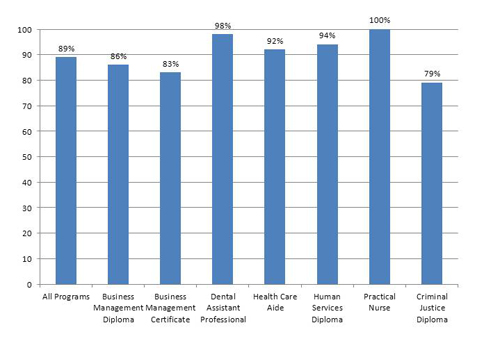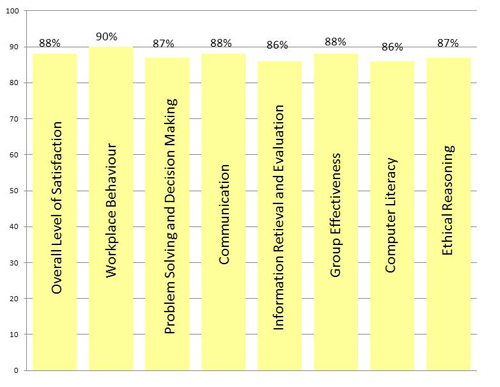How Does Columbia Help Prepare Students for their Future Career?
When it comes to selecting a new employee, most employers are looking at a number of key factors. These include:
- Has this individual completed the minimal level of education required for the position they are seeking?
- Does this individual have any work-related experience (e.g. practicum/cooperative education) that relates to the position they are seeking?
- Does this individual have the range of well-developed professional behaviours that our organization wishes to see in all of our employees?
- Does this individual have one or more references that indicate they have experience related to the position they are seeking (e.g. practicum employer reference). Do their references confirm they have well-developed professional behaviours?
The following graph demonstrates what employers are looking for. We combine classroom education and practicum/cooperative education to enhance our student’s professional skills and produce the type of professional that employers wish to hire.
This unique approach that is not commonly found in higher education can dramatically increase our students’ success! This approach distinguishes Columbia from most colleges and universities in North America.
Employment of Graduates
According to the Annual Report from Alberta Advanced Education, Columbia College achieved an overall job placement rate of 86% for the period of Apr. 1, 2011 – Mar. 31, 2012. Unfortunately, the Government of Alberta does not, at this time, provide a similar report on public institutions. As a result, no formal comparison can be provided.
What is interesting to note is that, according to an article by Timothy Sandoval in the Chronicle of Higher Education (July 16, 2012), the lack of standard tracking makes many colleges’ claims of graduate outcomes unreliable. Mr. Sandoval states that few public institutions actually ask students if they were employed in their field of training, and “many count any position at all, even unpaid internship as employment”. These US practices are not the same for private institutions in Alberta, like Columbia College, where provincial regulations are strictly regulated.
The following chart indicates the combined employment and further education rates achieved by Columbia College graduates, for all of Columbia’s provincially licensed programs for 2012:

Employers’ Views of Columbia College Graduates
Columbia College is committed to graduate professional program students who have appropriate sets of knowledge, skills, attitudes, and behaviours that are valued by their employers. To achieve this goal, Columbia consistently seeks input and feedback from employers, professional bodies, and industry groups on an ongoing basis. The following chart represents the views of employers regarding Columbia College students in field-based work practicums.
The survey employed in the collection of this data consists of five distinct categories. Each category is presented below with the overall rating of every student enrolled in a participating professional program at Columbia College in 2011/2012. The results indicate that employers’ overall level of satisfaction was 86%. For details of this survey, please visit Columbia College’s website at www.columbia.ab.ca and view the Customer Satisfaction Surveys, Sixteenth Annual Report, Sep. 1, 2012 – Aug. 31, 2013.

Employment Skills Survey
Columbia College has developed an Employment Skills Assessment that can be used by an individual to assess their employability. It includes a list of employment skills required to be successful in employment. Click here to access the Employment Skills Survey 0313.

